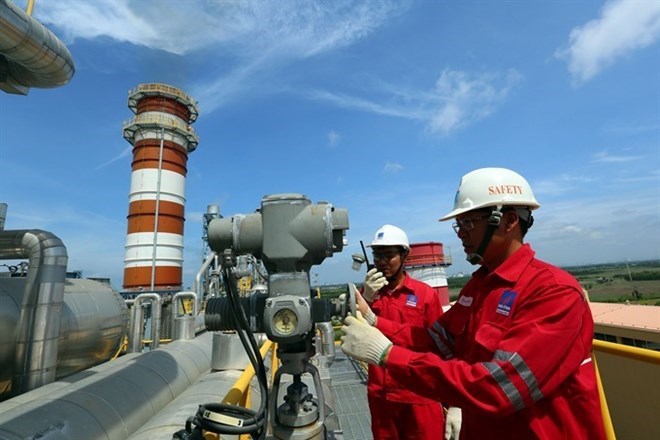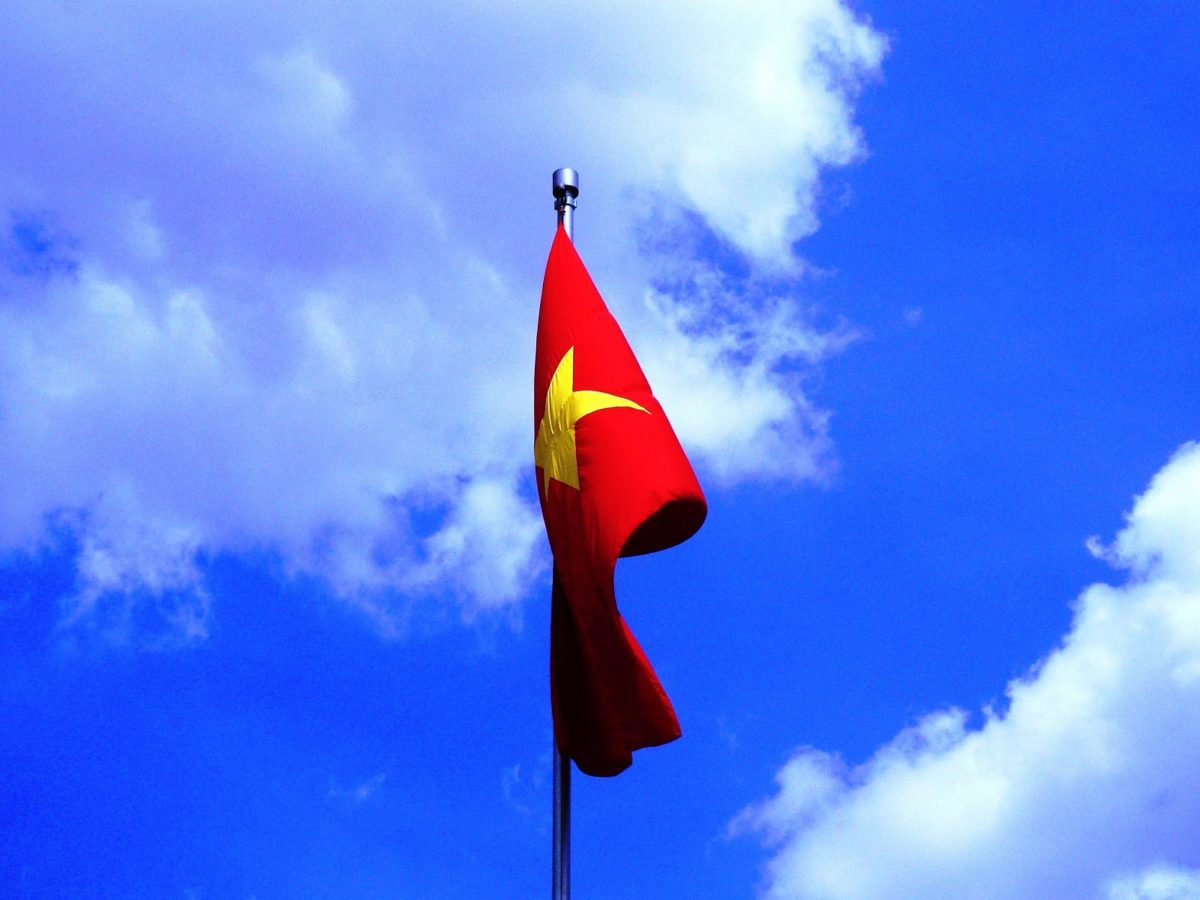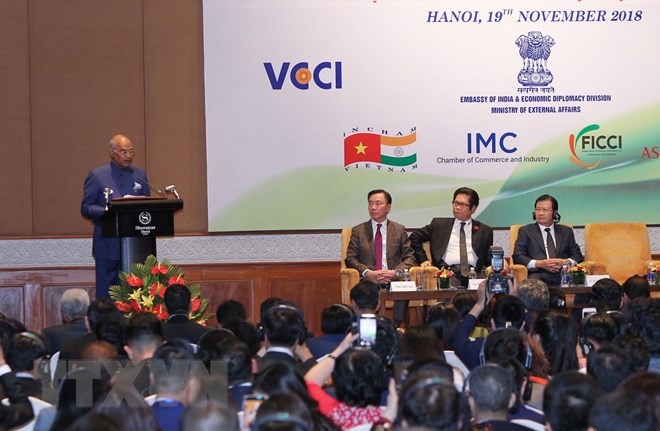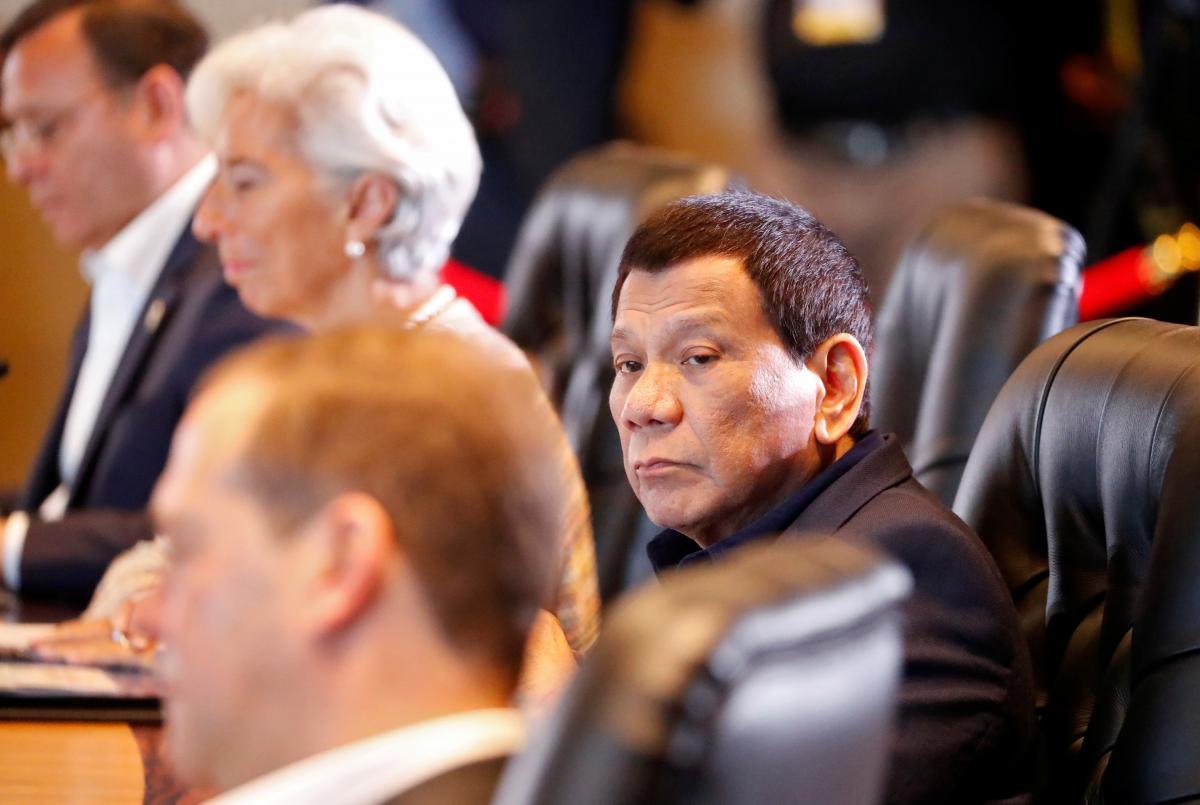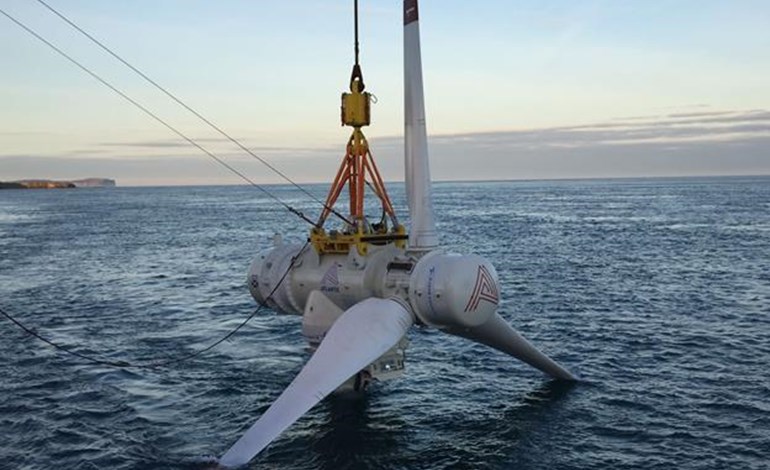By 2030, Vietnam aims to reduce its coal dependence by 40 million tonnes, while shifting away from a fossil fuel-intensive economy – two thirds of which currently comprises coal, oil and gas – towards clean energy technologies.
The country is further looking to reduce greenhouse gas emissions by 25% in 2030 and by 45% in 2050; and increase the share of renewables to 7% in 2020 and 10% in 2030, a percentage which currently stands at around 4%. Of this, solar is expected to increase from a capacity of 368 MW at the end of 2017 to just 850 MW (0.5%) in 2020, 4 GW in 2025 (1.6%), and 12 GW (3.3%) in 2030.
These plans may not be ambitious when compared to many of Vietnam’s Asian counterparts, or in light of its abundant wind and sun resources; however, even they are experiencing difficulties in the face of the country’s underdeveloped financial system, according to a report from the Asian Development Bank (ADB).
Uncertainty
The report’s authors find that several factors, such as low-regulated electricity prices and the uncertainty of the creditworthiness of the country’s stated-owned utility EVN, are making it difficult to develop bankable large-scale solar and renewable energy projects. Furthermore, they say that Vietnam’s financial system is unable to deliver long-term capital and competence in conducting green credit appraisal.
The report notes that Vietnam could become an “outsider” in the anticipated upcoming wave of global renewables investment expected in the coming decade, as it lacks the necessary financial incentives.
Indeed, although the domestic solar market offers a number of incentives, including a 20-year FIT of $0.0935/kWh, with income indexed to the exchange rate quoted in U.S. dollars, an import duty exemption on equipment, a corporate income tax exemption and reduction, and an exemption from paying land fees, the level of the FIT is judged to be too low by the ADB experts.
“Furthermore, potential foreign producers have raised concerns about the purchasing price, while the current cost of electricity generated from renewable power plants is still quite high due to the large technical investment,” they wrote. “If the FIT is not increased to regional levels, while there is no clear road map for negotiating the PPA, it will be very difficult to attract private investment.” The authors added that the solar FIT should be increased to $0.15/kWh.
Green frameworks
Meanwhile the report reads, in order to mobilize more funds, the government needs to create a new green financial policy framework, which would provide innovative financial instruments. Green bonds and green credit programs are recommended as two effective tools to spur RE development.
The report further notes that power pricesin Vietnam, determined by high fossil fuel subsidies, are well below world market prices. “The artificially low price of electricity is arguably a weak factor in liberalizing and opening the domestic market and one of the most concerning issues that prevents investment from the private sector,” ADB analysts said.
Vietnam has 1,600–2,700 sunlight hours per year and average direct normal irradiance of 4–5 kWh per square meter per day. According to German development agency GIZ, the southeastern Asian country has the potential to deploy 21 – 40 GW of solar by 2035.



